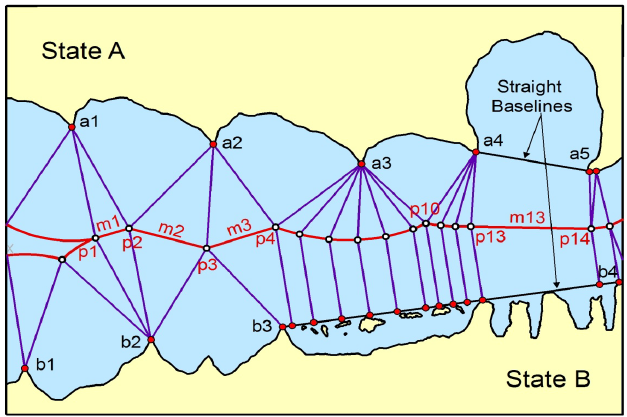The first attempt at codification of the customary law of maritime delimitation started with the 1930 Hague Conference under the auspices of the League of Nations. The Hague Conference failed to reach its purpose and the following World War II period was not an appropriate period to deal with issues of maritime delimitation. In the aftermath of World War II, the creation of the United Nations Organization (UN) and the multiple individual claims of States over maritime spaces, such as the Truman Proclamation and the Santiago Declaration raised the need of re-starting the process of codification of the law of maritime delimitation. The adoption of the 1958 Geneva Conventions which followed was a successful initiative, at least to some extent.
View More Codification of Maritime DelimitationTag: What is equi distance theory?
what is the meaning of Special Circumstances and Relevant Circumstances in delimitation process at law of the sea
Special circumstances are those circumstances which might modify the results produced by an unqualified application of the equidistance principles. Small islands and maritime features are arguably the archetypical special circumstances as much in the delimitation of the territorial sea as in the delimitation of the continental shelf/EEZ. The Court has recognized in numerous cases, including the North Sea Continental Shelf, Tunisia/Libya, Libya/Malta and Qatar v. Bahrain cases that the equitableness of an equidistance line depends on whether the precaution is taken of eliminating the disproportionate effect of certain islets, rocks and minor coastal projections.
View More what is the meaning of Special Circumstances and Relevant Circumstances in delimitation process at law of the sea

